What does the "Gongyu" style of Jian ware cups represent?
"Gongyu" means "providing items for imperial use." This term is evidence that Jian ware cups were once tribute items used by emperors during the Song Dynasty.
▲ Huang Meijin's quality inspection of Jian ware cups through knocking.
Due to the uncontrollable finished product rate in the production process of Jian ware cups, after the kiln workers of the Jian kiln inscribed their marks during the Song Dynasty, a large number of Jian ware cup blanks were sent into the kiln for firing. After being removed from the kiln, only the high-quality products were selected for tribute, while the rest of the inferior products had to be smashed and disposed of on-site.
Even if the tea utensils were originally intended for the Emperor's use, if the officials rejected and left behind any items, they could not be left among the public. Otherwise, it would be a serious offense against the law.
Therefore, intact "Gongyu" Jian ware cups are very rare, but there are many fragments left.
What does the "Gongyu" style of Jian ware cups generally look like?
The "Gongyu" style of Jian ware cups almost always has an inscription, with the font in regular script and the strokes firm and powerful. In contrast, the "Jinzhan" style often features an engraved seal, with both regular script and clerical script fonts used, and a more elegant style.
▼ Four fragments of Jian ware cups in the "Gongyu" style.
What are the characteristics of the shape of Jian ware cups in the "Gongyu" style?
"The "供御" style of Tenmoku (a type of Chinese tea bowl) features precise shapes and minimal variations in appearance among individual pieces. The high degree of uniformity in the shape of the bowls indicates a strong awareness of standardization during the manufacturing process."
In addition, the thickness among different Tenmoku bowls is generally the same. For the same bowl, there is also not much difference in thickness between the walls (compared to a typical "bukou" style Tenmoku), with thicknesses ranging from about 3 to 5mm.
"Price of the Pei Chunyuan-built "供御" style Tenmoku with rabbit hair interior walls."
"On the side of the "供御" style Tenmoku, you can see that the walls are relatively thin and the shape is elegant."
What does this standardized shape actually look like?
The "供御" style Tenmoku typically features a deep-bellied bowl shape with a diameter of around 12cm, a height of around 6cm, and a bottom diameter of around 4-4.5cm. This differs somewhat from the typical "bukou" style Tenmoku of the Jian Kiln.
Are all "供御" style Tenmoku bowls like this?
There are exceptions as well. In addition to the aforementioned deep-bellied bowl, there are also "供御" style Tenmoku with a pouring spout and a diameter of around 12cm, as well as a rarer type with a flared rim and a drum-like shape with a diameter of over 15cm. Both of these shapes also tend to be standardized.
Overall, "供御" signifies a standardized shape. However, the inscription on the bottom of the "供御" bowls is individually carved by each artisan according to their own habits, so each "供御" bowl is unique in its inscriptions. While the shape is standardized, the personalized inscriptions create a wonderful contrast.
On the other hand, the "進琖" inscription is even more uniform as a seal. The inscriptions stamped by the same seal are naturally identical, while differences only arise from the use of different seals. There are far fewer variations in the "進琖" inscription compared to the "供御" inscription.
How is it possible that the "供御" style Tenmoku, which is thinner than the typical "bukou" style Tenmoku of the Song Dynasty, achieved this?
▼ A comparison of the body color between the "National Treasure" Oil Spot Jian and the "供御" style Tenmoku, both of which are held in the collection of the Museum of Oriental Ceramics, Osaka.
From the fragments, the color of the "供御" style Tenmoku specimens is also lighter. This is mainly because the raw material for the body of the "供御" style Tenmoku has a higher content of kaolin than regular products. Kaolin can improve the anti-deformation performance of the body and make it easier to make the bowl thinner.
During the Song Dynasty, kiln workers received orders from the imperial court for the production of high-quality rabbit fur patterns that were also thin. This required more sophisticated control over the raw material composition of the body.
What are the advantages and disadvantages of the "供御" style Tenmoku compared to the classic "bukou" style Tenmoku?
The remaining fragments and porcelain samples of "supply and defense" style teacups are abundant, and the manually carved marks exhibit different styles due to variations in craftsmanship. These provide valuable historical materials for the study of Tenmoku culture.
As Tenmoku teacups custom-made for the royal court, the "Supply and Defense" style teacups feature a uniform shape and exquisite craftsmanship, surpassing other Tenmoku teacups in ingenuity. However, this also reduces some of the spontaneity and naturalness.
What are the characteristics of the "Jin Zhan" style Tenmoku teacups, which are also tribute items and equally famous as the "Supply and Defense" style?
As tribute items, the shape of the "Jin Zhan" style teacups is basically the same as the "Supply and Defense" style, with a distinct official color.
Can the authenticity of the "Supply and Defense" style teacups be judged based on the above characteristics?
The above data and characteristics are only a summary of patterns, and it is not necessarily true that teacups with all the above characteristics are authentic. To determine the authenticity of antique teacups, a comprehensive judgment based on multiple factors is required.
Genuine whole sets of Song Dynasty "Supply and Defense" style teacups are undoubtedly valuable, especially since it is well-known that the main feature of this style is the carved marks, each of which is unique. As a result, various imitations flood the market, with some adding "Supply and Defense" marks to the bottom of old teacups, and others carving them onto newly-made imitations.
It is still advisable to be cautious when encountering antique items related to the "Supply and Defense" style. Beginners can start learning by collecting teacup coasters and fragments of the "Supply and Defense" style.


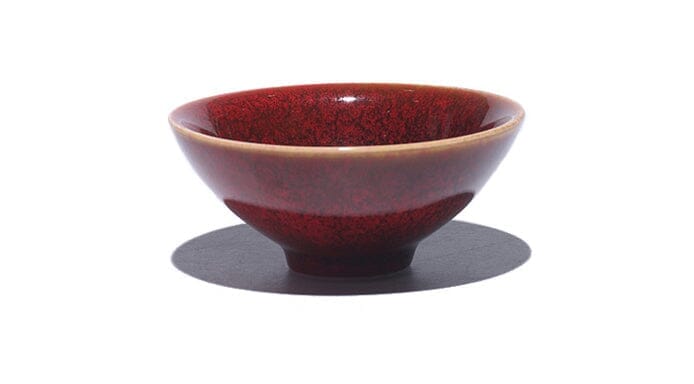
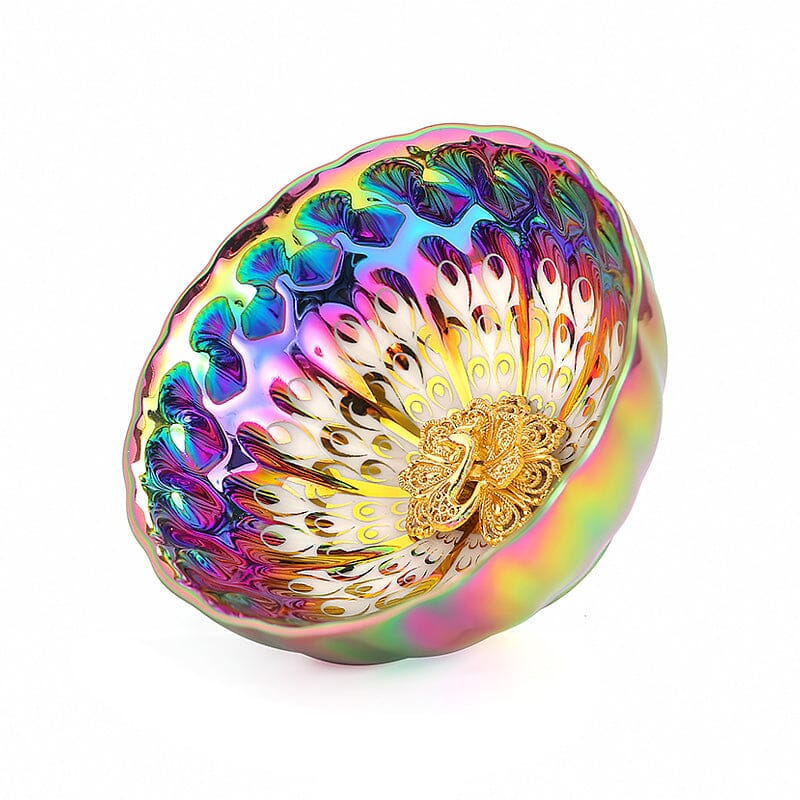
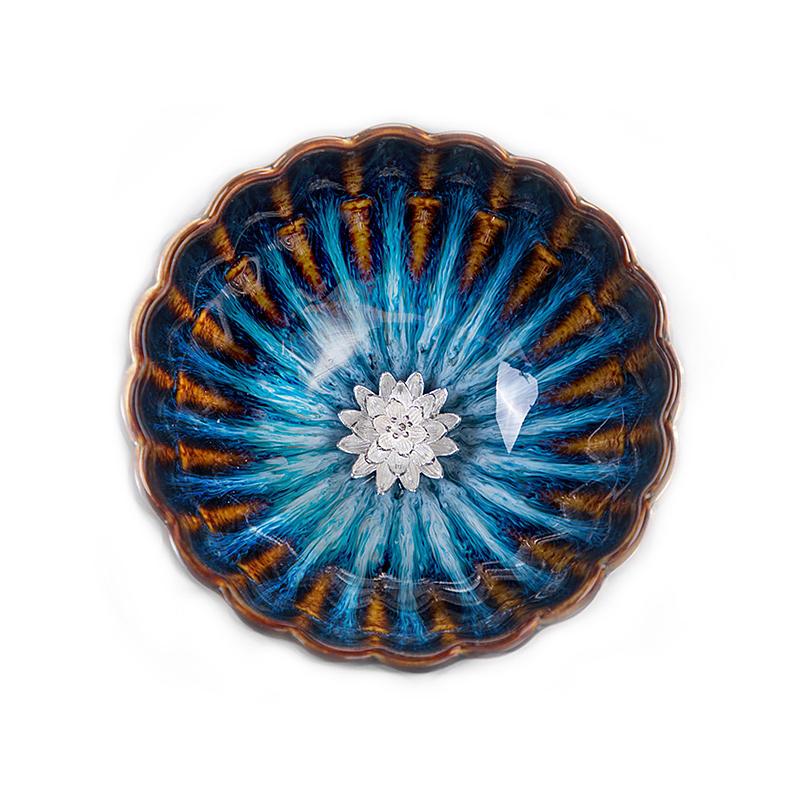
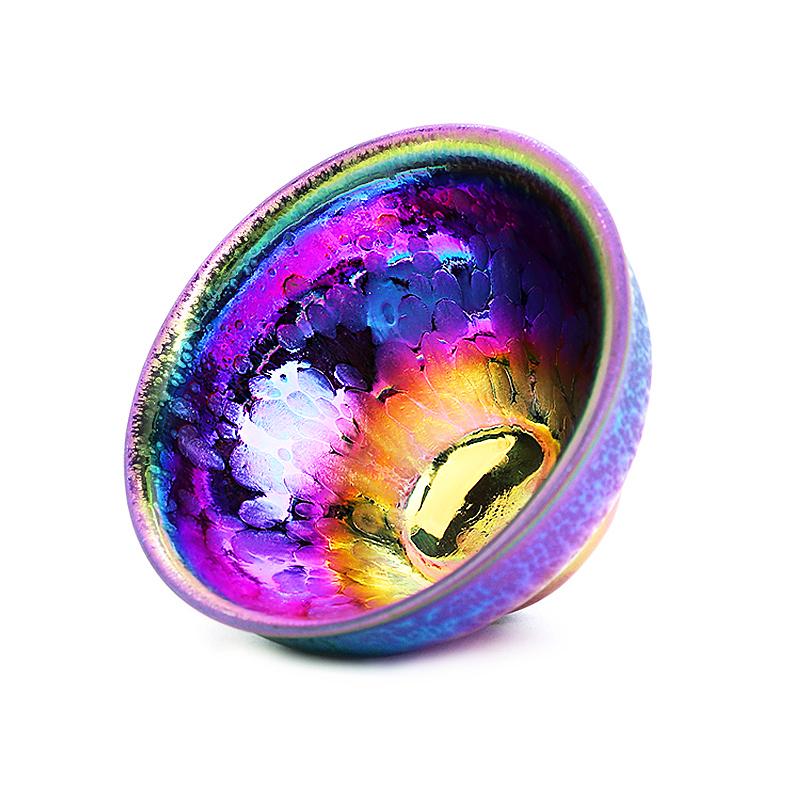
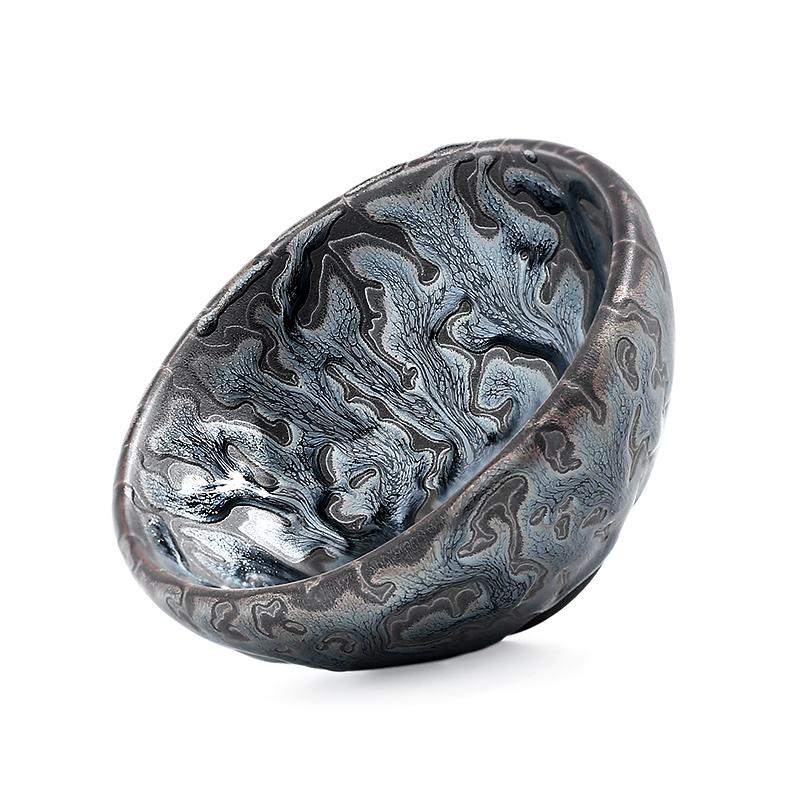
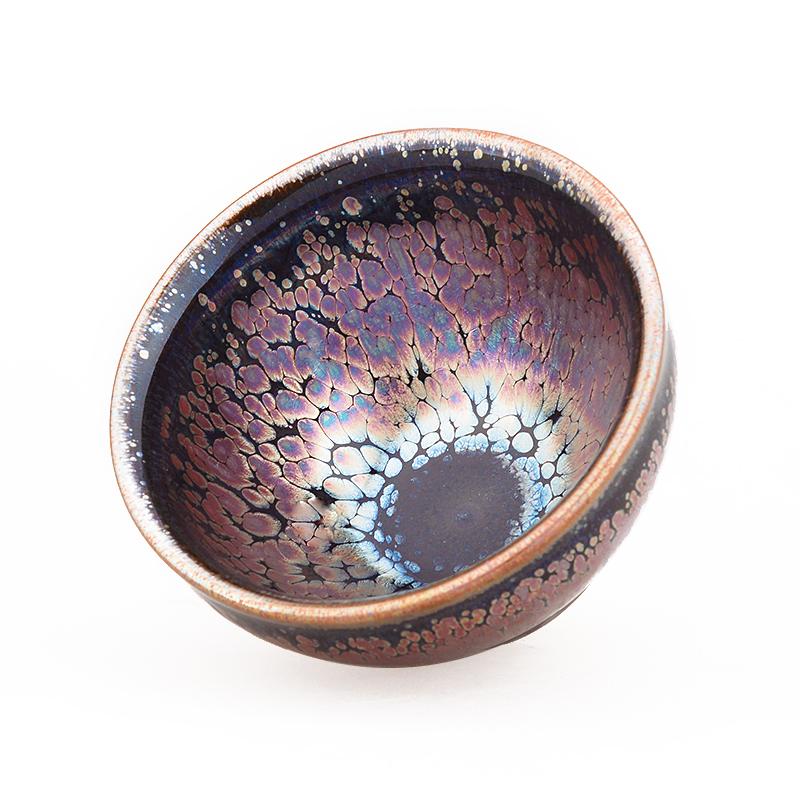
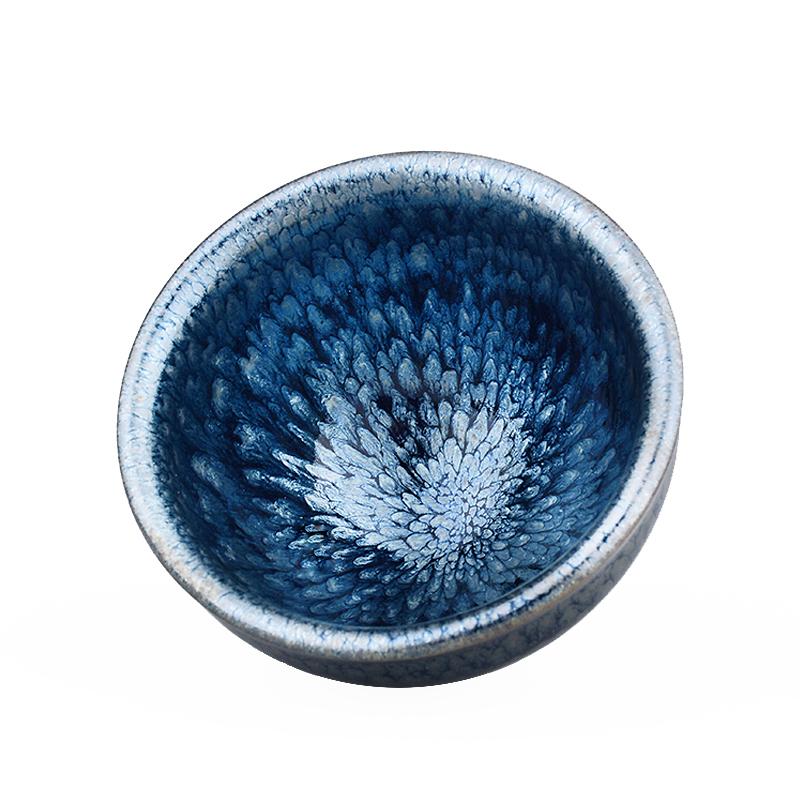
Share:
5 Mesmerizing Tenmoku Glazes Decoded: A Rookie Collector's First Love Guide
4 Tenmoku Tea Bowl Types Every Tea Enthusiast Should Know in 5 Minutes